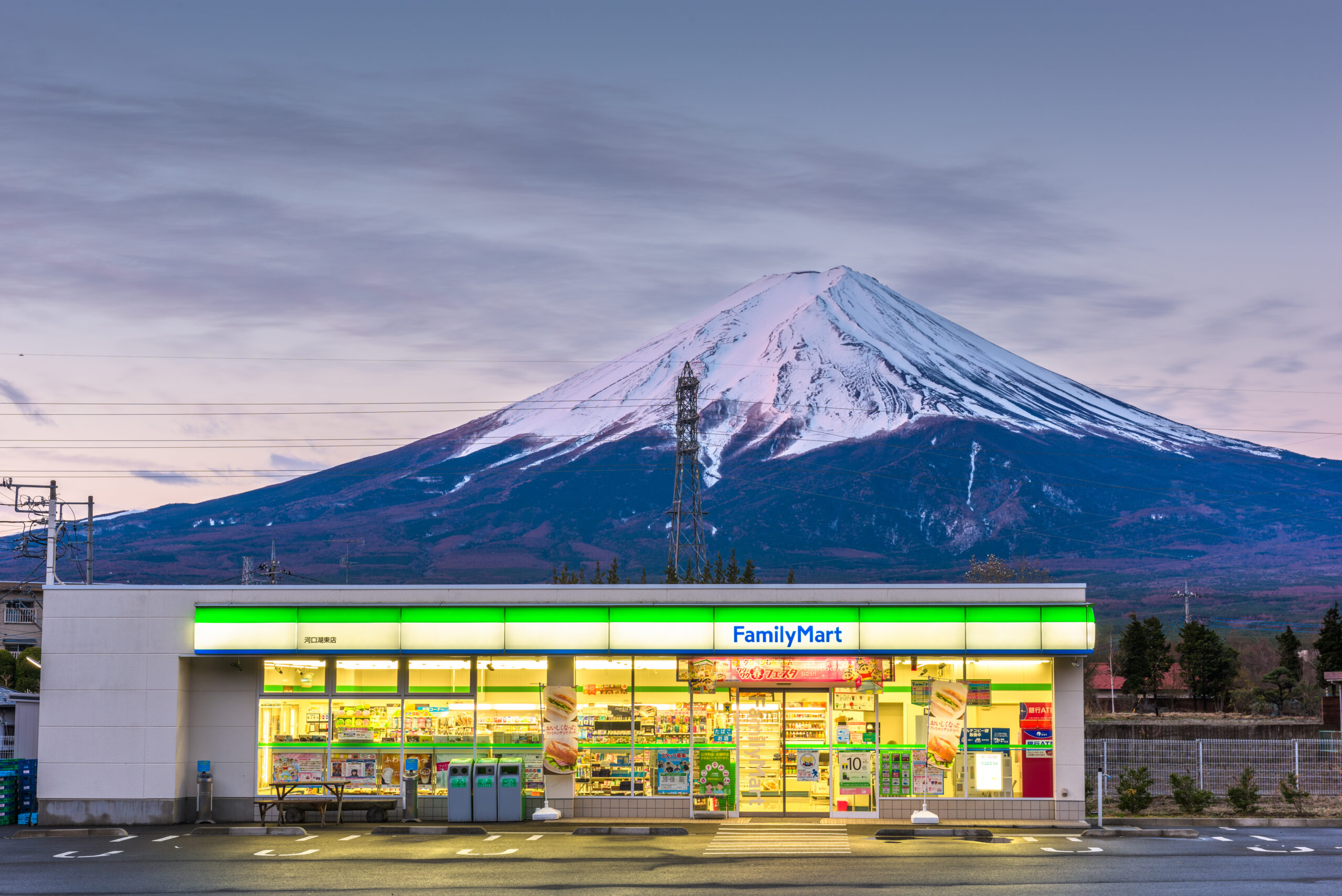News roundup: Japan town to block view of Mount Fuji to get rid of rowdy foreign tourists, plus other news

For PropertyGuru’s news roundup, the town of Fujikawaguchiko in Japan will install a 2.5m high barrier to block the view of Mount Fuji to discourage crowds of badly behaved foreign tourists. In other stories, know more about the shifting dynamics and global work trends that can help revitalise your workforce, while Malaysia’s State Assembly Speaker says that the construction of houses in Kelantan, Malaysia should feature an Islamic concept.
Japan town to put up 2.5m barrier to block view of Mount Fuji
A huge black barrier to block Mount Fuji from view will be installed in a popular photo spot by Japanese authorities exasperated by crowds of badly behaved foreign tourists, according to a report by CNA.
Construction of the mesh net – 2.5m high and the length of a cricket pitch at 20m – will begin as early as next week, an official from Fujikawaguchiko town said on 26th April.
“It’s regrettable we have to do this, because of some tourists who can’t respect rules”, leaving litter behind and ignoring traffic regulations, he told AFP.
It is the latest direct action in Japan against over-tourism after residents of Kyoto’s geisha district banned visitors from small private alleys this year.
Record numbers of overseas tourists are travelling to the country, where monthly visitors exceeded 3 million in March for the first time.
Mount Fuji, Japan’s highest mountain, can be photographed from many spots in the resort town of Fujikawaguchiko. But this viewpoint is particularly popular because the majestic volcano appears behind a Lawson convenience store, which is ubiquitous in Japan. Due to this visual juxtaposition, “a reputation has spread on social media that this spot is very Japanese, making it a popular photo location”, said the town official who declined to be named. The mostly non-Japanese tourists are overcrowding a stretch of pavement next to the Lawson shop, he said.
How shifting dynamics can help revitalise your workforce
In the aftermath of the COVID-19 pandemic, the Philippine labor market has shown a remarkable recovery and transformation. Comparing data from the Philippine Statistics Authority (PSA) Labor Force Surveys in April 2020 and February 2024, an increase in employment rates — from 82.4 percent to 96.5 percent — has been noted. This represents a substantial growth of 15.15 million in the workforce, showing a robust entry of the working-age population into active employment since the onslaught of the pandemic.
Amidst the broader economic rebound, one of the most striking differences that can be derived from the pre-pandemic and post-pandemic Labor Force Surveys is the reduction of average weekly work hours, from 43.2 hours in 2019 to 40.1 hours in 2024. It coincides with a strong economic recovery post-pandemic.
This three-hour reduction might seem modest, but it serves as a microcosm of current global trends that have been magnified by the pandemic. These include the rapid adoption of remote work, increased flexibility, and a broader cultural shift towards the “Great Rebalancing” — a movement to recalibrate work policies and prioritize employee well-being and personalized work arrangements, often entailing shorter hours.
As the BusinessWorld report noted, employees today are motivated by the desire for more comprehensive total rewards packages, improved well-being, and the necessary skills to thrive in a world that increasingly values work flexibility.
Kelantan housing projects should be based on Islamic concepts – Mohd Amar
The construction of houses in Kelantan, Malaysia should feature an Islamic concept, and be used as the main support for real estate development in the state, said State Assembly Speaker Datuk Mohd Amar Nik Abdullah.
In a Bernama report, he said that the concept is not only measured based on its physical form, but it is necessary to take into account and understand the basis of Islam in its construction.
“Among them are the construction of houses according to the direction of the Qibla, toilets which are not too narrow, the division of space which protects the aurat (modesty) and privacy of the owner’s family, and has at least three rooms. In the same way, we recommend that the construction of a mosque is in the middle and not at the end or corner of the residential area, to make it easier for the residents to attend prayers,” he told reporters, after officiating the housekey presentation of Taman Kota Jembal Phase 4 and Mesra Aidilfitri gathering, here on 28th April.
The Property Report editors wrote this article. For more information, email: [email protected].
Recommended
6 green real estate projects reshaping Asia’s future
Developers are being incentivised to push a green agenda into daring new realms
ARES White Paper Volume 3: The era of adaptive reinvention
Pioneering sustainable and innovative practices in urban development
ARES White Paper Volume 2: Unravelling the power of data revolution in real estate
Insights on proptech, smart cities, and sustainable development
ARES Digital White Paper Volume 1: The fundamentals of responsible building
Green and climate heroes join forces to discuss how Asia Pacific can weather the current environmental crises and the looming effects of climate change






